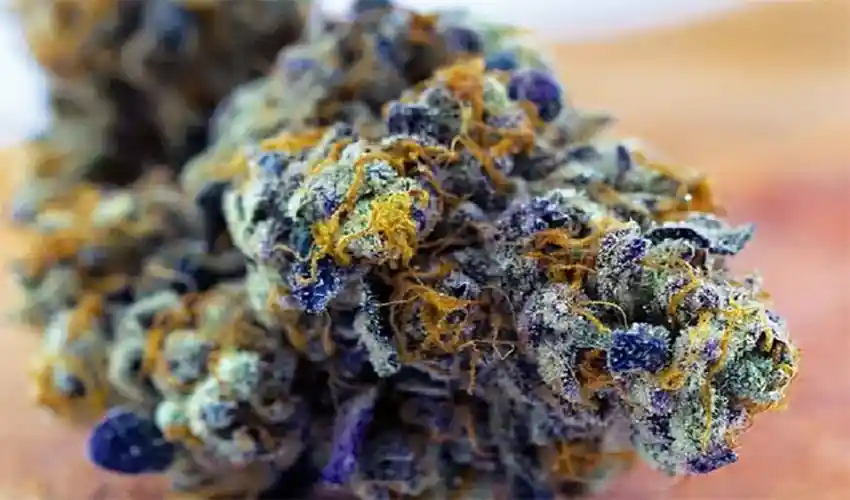The CBD flower market has witnessed significant growth in recent years, driven by increasing consumer awareness and demand for natural wellness products. As the industry evolves, several key trends are emerging that promise to shape the future of CBD flower strains. These trends encompass advancements in cultivation techniques, strain development, regulatory changes, and consumer preferences. Here’s a closer look at what the future holds for CBD flower strains.
Advanced Cultivation Techniques
One of the most notable trends in the CBD flower industry is the adoption of advanced cultivation techniques. Growers are increasingly utilizing cutting-edge technology to optimize the growth and quality of CBD Flower. Indoor cultivation, hydroponics, and aeroponics are becoming more prevalent, allowing for precise control over environmental factors such as light, temperature, and humidity. These methods not only enhance the potency and consistency of CBD flower strains but also reduce the risk of pests and diseases.
Another exciting development is the use of genetic engineering and selective breeding to create new CBD strains with specific characteristics. These techniques enable growers to develop strains with higher CBD content, unique terpene profiles, and improved resistance to environmental stressors. As a result, consumers can expect a wider variety of CBD flower strains tailored to their individual needs and preferences.
Diversification of Strains
The future of CBD flower strains lies in diversification. As the market matures, there is a growing demand for strains that offer unique effects and flavors. Consumers are no longer satisfied with generic CBD products; they seek strains that provide specific benefits, such as relaxation, focus, or pain relief. To meet this demand, breeders are experimenting with crossbreeding different cannabis strains to create novel hybrids with distinct characteristics.
Additionally, the increasing understanding of terpenes—the aromatic compounds found in cannabis—plays a crucial role in strain diversification. Terpenes not only contribute to the flavor and aroma of CBD flowers but also influence their therapeutic effects. For example, strains high in myrcene may promote relaxation, while those rich in limonene might enhance mood and focus. The future will likely see more emphasis on terpene profiles, allowing consumers to choose strains based on both CBD content and terpene composition.
Regulatory Changes and Market Expansion
Regulatory changes are poised to have a significant impact on the future of CBD flower strains. As more countries and states legalize cannabis for medical and recreational use, the market for CBD products is expected to expand rapidly. This expansion will drive innovation and competition, leading to higher-quality products and more affordable prices for consumers.
Moreover, the evolving regulatory landscape will likely result in stricter quality control standards. This means that CBD flower producers will need to adhere to rigorous testing and certification processes to ensure their products are safe and effective. Enhanced transparency and accountability in the industry will boost consumer confidence and encourage wider adoption of CBD flower strains.
Consumer Education and Awareness
Increased consumer education and awareness are crucial trends shaping the future of CBD flower strains. As people become more informed about the benefits and uses of CBD, they are better equipped to make informed purchasing decisions. Educational initiatives by industry stakeholders, including producers, retailers, and advocacy groups, are helping to demystify CBD and its potential health benefits.
Furthermore, the rise of digital platforms and social media has facilitated the dissemination of information about CBD. Consumers now have access to a wealth of resources, including product reviews, scientific studies, and user testimonials. This access empowers them to explore different strains and find those that best meet their needs.
Sustainability and Ethical Practices
Sustainability and ethical practices are becoming increasingly important in the CBD industry. Consumers are not only concerned about the quality of the products they purchase but also about the environmental and social impact of their choices. As a result, there is a growing demand for CBD Flower UK strains produced using sustainable and ethical practices.
Future trends in this area include the adoption of organic farming methods, reducing the carbon footprint of cultivation processes, and ensuring fair labor practices. Companies that prioritize sustainability and transparency are likely to gain a competitive edge as environmentally conscious consumers seek out products that align with their values.
Conclusion
The future of CBD flower strains is bright and full of promise. Advanced cultivation techniques, diversification of strains, regulatory changes, increased consumer education, and a focus on sustainability are all driving the evolution of the industry. As these trends continue to unfold, consumers can look forward to an ever-expanding array of high-quality, innovative CBD flower strains that cater to their unique needs and preferences.
